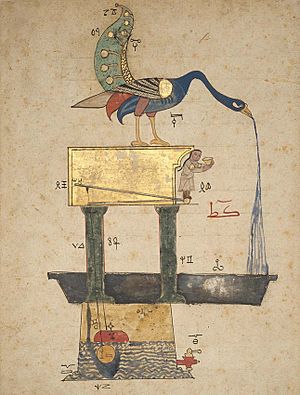Rood of Grace facts for kids

The Rood of Grace was a crucifix kept at Boxley Abbey in Kent in southeast England. It was a mechanized likeness of Jesus, described by one Protestant iconoclast as an ingenious contraption of wires and rods that made the eyes move like a living thing, and considered spiritually inspirational and a destination for pilgrimages by many of the faithful, including a young Henry VIII. During the dissolution of the monasteries from 1536 to 1541, aimed mainly at increasing the Crown's revenues, the Rood was used as one argument among many to denounce superstitious religion practices within English Catholicism. However it has been argued that the artificial nature of the work was well-understood by its pre-Reformation audiences, or at least most of them.
Roman Catholic icon
According to tradition, the Rood was brought to Boxley Abbey on a stray horse. Considering that a miracle, the monks of the abbey took the crucifix. William Lambarde, in his 1570 book, Perambulation of Kent, describes how the Rood was created by an English carpenter taken prisoner by the French in order to ransom himself. According to various reports, the Rood was able to move, shed tears, foam at the mouth, turn and nod its head, and make various facial expressions.
See also
- List of statues of Jesus


